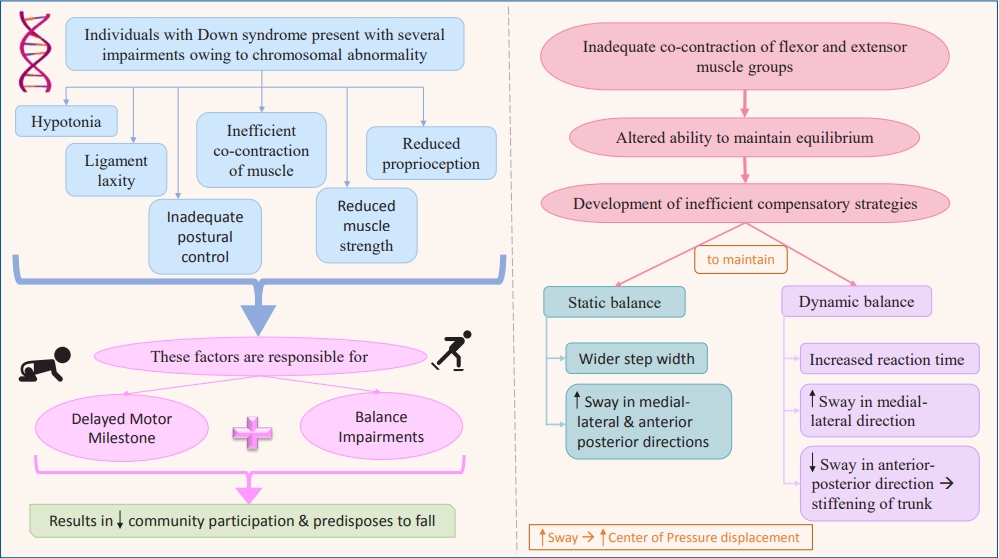|
|
The 4p_ syndrome results from structural deficiency of chromosome 4. We experienced a patient
of 4p~ syndrome who all features of already described Wolf syndrome, i.e., prominent glabella,
hypertelorism, broad beak nose, cleft lip and palate, kyphoscoliosis, hypospadia, etc.. Postmortem
examination revealed multiple visceral anomalies, including large atrial septal defect, diaphragmatic
eventration, intestinal malrotation, ankyloglossia, and hemivertebrae. The kidneys showed a marked
simple hypoplasia weighing... |











